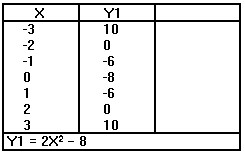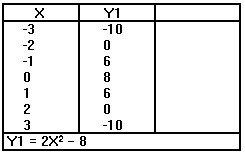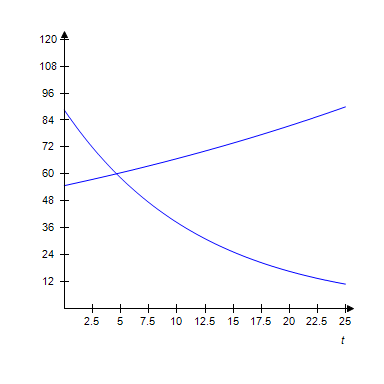City 1 has an initial population of 88.58 thousand. Each year we get next year's population by multiplying by 0.92.
?
City 2 has an initial population of 54.85 thousand. Each year we get next year's population by multiplying by 1.02.
?
?
A: Write a formula that gives the population 
?
B: Write a formula that gives the population 
?
C: Make a graph that shows the populations of both cities over the first 20 years.
?
D: When do the two cities have the same population? Round your answer to two decimal places.
What will be an ideal response?

B:

C:
?
D: After 4.65 years
You might also like to view...
Use the properties of logarithms to evaluate the expression.ln e8
A. e8 B. 8 ln e C. 1 D. 8
Solve the linear equation.-2.6x = -8 - 1.0x
A. {-10} B. {3.1} C. {3.5} D. {5}
Use common logarithms or natural logarithms and a calculator to evaluate to four decimal placeslog?18
A. 1.7524 B. 0.3960 C. 0.7581 D. 2.5249
Use a graphing utility to create a table that displays the points on the graph of the given equation for x = -3, -2, -1, 0, 1, 2, and 3.4x2 - 2y = 16
A. 
B. 
C. 
D. 
